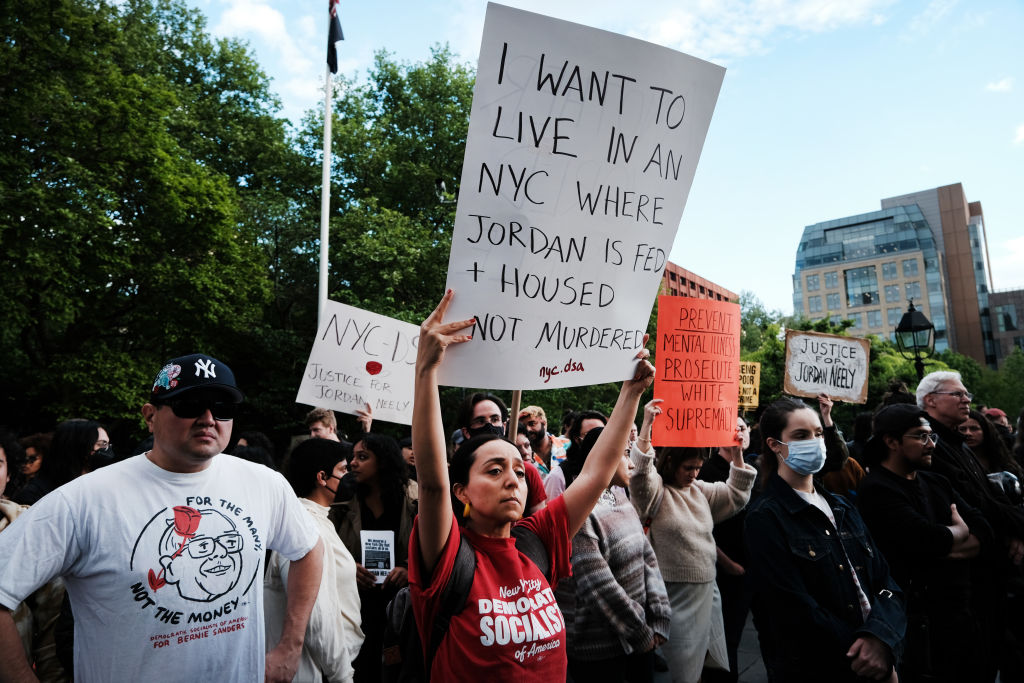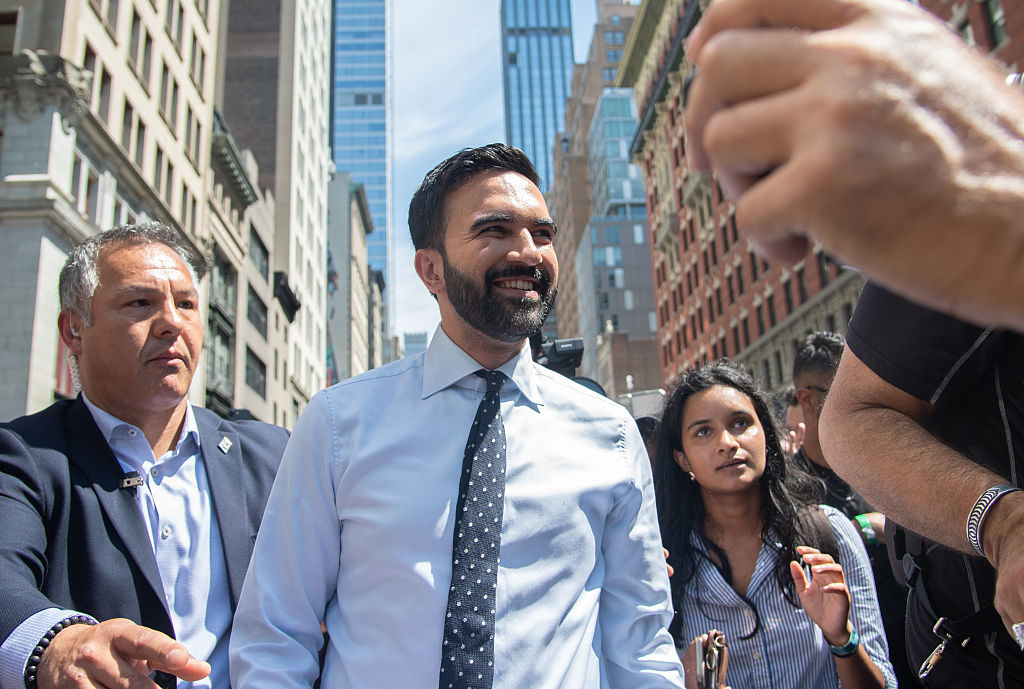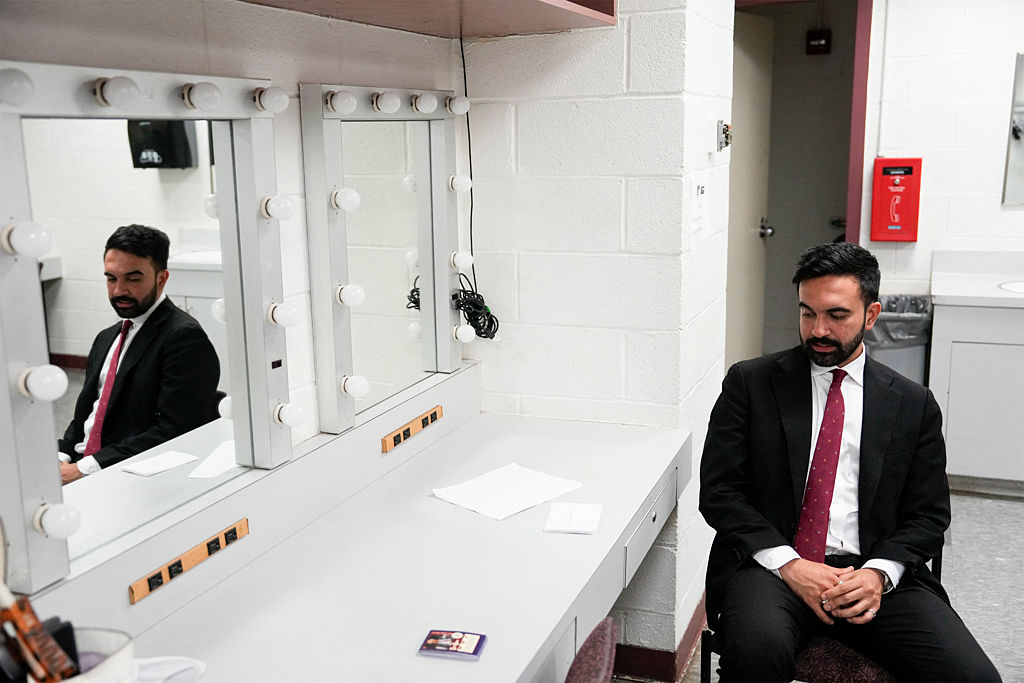Since the death of Jordan Neely on the New York City subway, the media elite have rushed to maintain that he died not just from a chokehold, but the systemically racist, capitalist, selfish system that regularly fails homeless people. The headlines: “Jordan Neely Was Already Dead: New York reckons with a homeless epidemic and a killing.” “How New York City failed Jordan Neely.” “Jordan Neely’s death reflects the inhumane consequences of being homeless, experts say.”
Ah, those experts, who are always right and never wrong.
Except, of course, when they are provably wrong. As the New York Times reports about Neely:
He was well known for years to the social work teams that reach out to homeless people on the subways, and had hundreds of encounters with them, according to an employee of the Bowery Residents’ Committee, a nonprofit organization that does subway outreach for the city.
Neely was on what outreach workers refer to as the “Top 50” list — a roster maintained by the city of the homeless people living on the street whom officials consider most urgently in need of assistance and treatment. He was taken to hospitals numerous times, both voluntarily and involuntarily, said the employee, who spoke anonymously because they were not authorized to discuss his history.
So what are we to think of a situation where a man, identifiably crazed, is allowed to roam the streets nonetheless — even after multiple violent crimes, including kidnapping and multiple assaults?
“The fact that Neely was on the street rather than in some kind of restrictive environment — such as jail, prison or a mental health facility that he was not free to leave — reflects at least two important incongruities between what progressives often say about ‘the system’ and how it operates in reality,” Rafael A. Mangual, the head of research at the Manhattan Institute, told me. “The first is that contrary to the dominant narrative about punitive criminal justice policies, in cities like New York, even repeated criminal conduct rarely results in lengthy terms of imprisonment. The second is that despite progressive rhetoric about so-called “alternatives” to more restrictive measures, the sorts of programs and initiatives that so obviously failed Mr. Neely often prove ineffective.”
Stephen Eide, a Manhattan Institute senior fellow who wrote about why the Neely tragedy shows the need for involuntary commitment, offered this observation: “Progressive towns like New York provide a robust array of health and human services programs. Those programs work fine for people motivated to accept help. Unfortunately, the hardest cases among the mentally ill homeless often turn down all offers of help. That points toward the need for involuntary treatment. But it’s in those same progressive towns where expanding involuntary treatment faces the strongest opposition.”
What the Neely story reflects is how systems can only go so far without the authority necessary to keep potentially dangerous people from rambling around a citizenry they can attack at a moment’s notice. If the fault of Neely’s death lies in the system, it is a system the left built for themselves. They cannot blame this on anyone else.

























